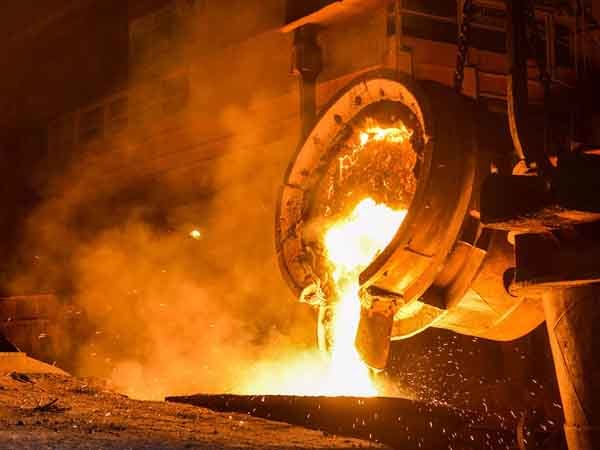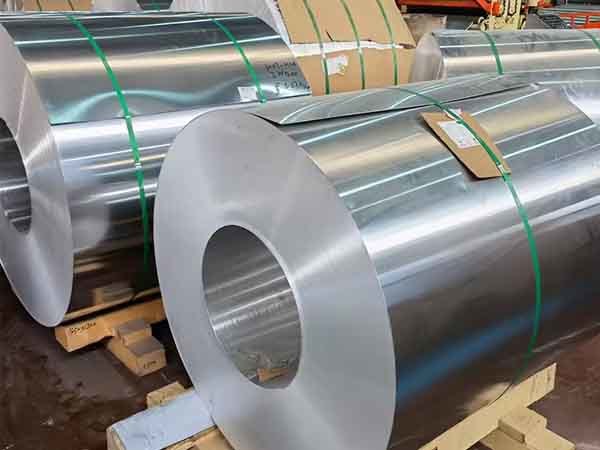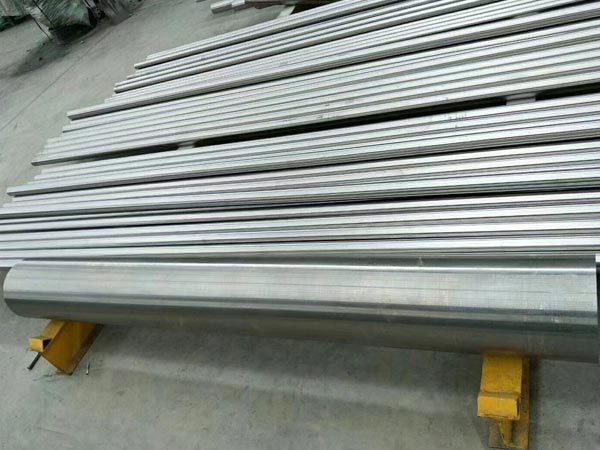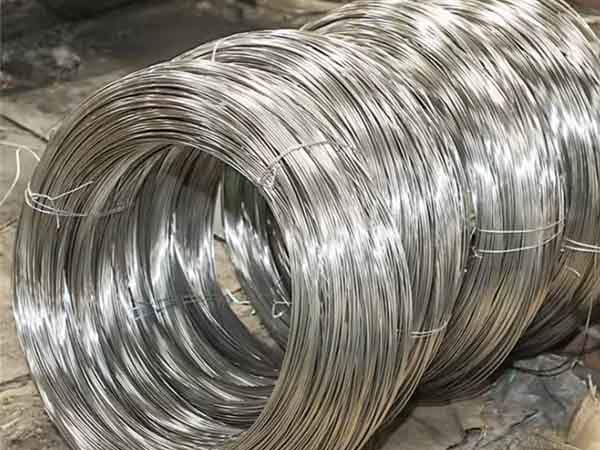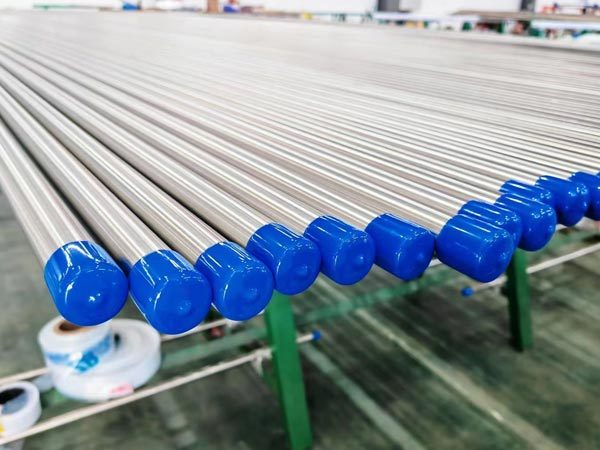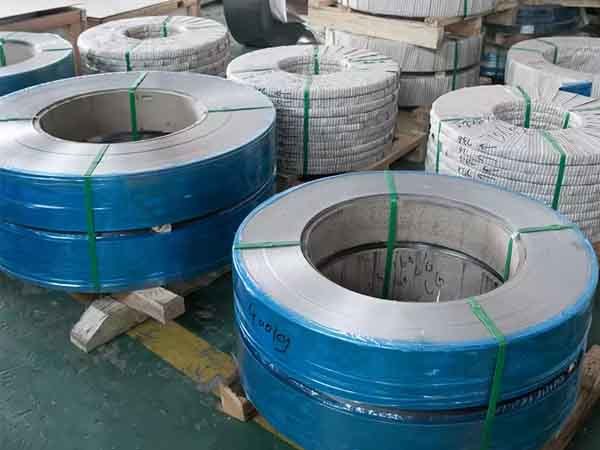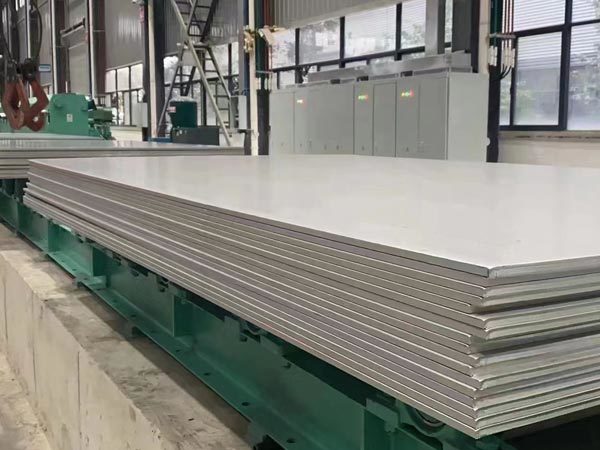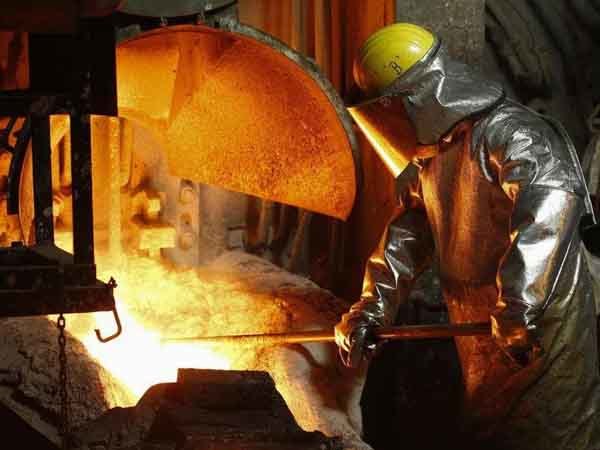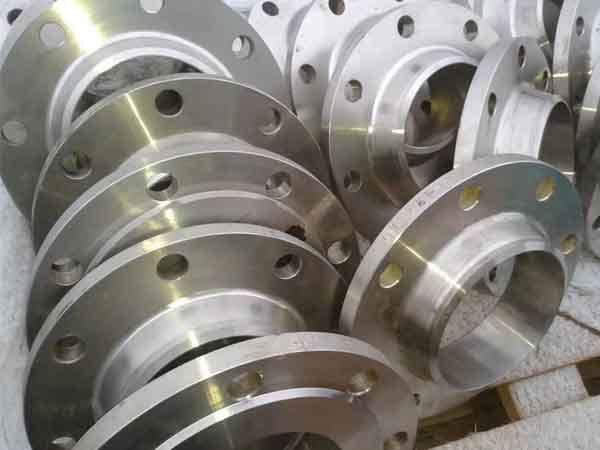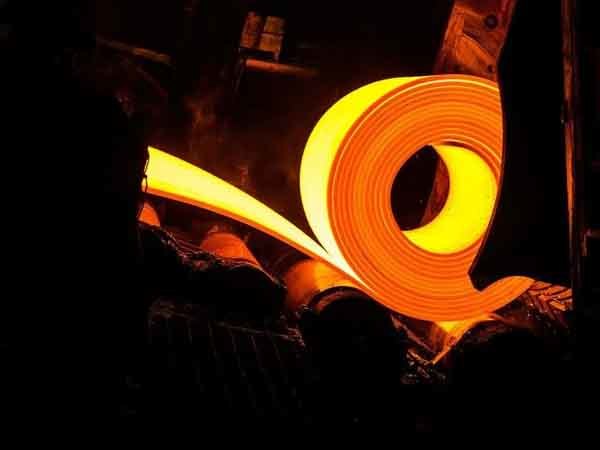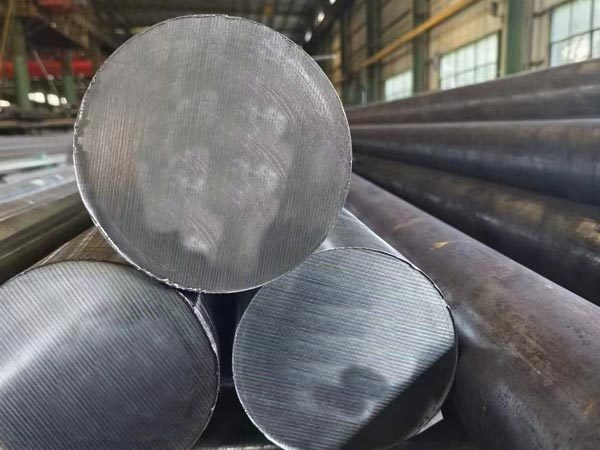PRODUCT CENTER
2304 duplex stainless steel has good mechanical and physical properties, resistance to stress corrosion and other corrosion forms and good weldability, making it possible to replace austenitic stainless steel such as 304, 304L, 316, 316L and so on. It can be used in the manufacture of amine recovery equipment, fermentation equipment for hydrocarbons, etc. In addition, it can also be used as heat exchangers in the manufacturing industry, digester preheaters in the pulp and paper industry, and train seat frames in humid heat and offshore areas.
2304 duplex stainless steel has good mechanical and physical properties, resistance to stress corrosion and other corrosion forms and good weldability, making it possible to replace austenitic stainless steel such as 304, 304L, 316, 316L and so on. It can be used in the manufacture of amine recovery equipment, fermentation equipment for hydrocarbons, etc. In addition, it can also be used as heat exchangers in the manufacturing industry, digester preheaters in the pulp and paper industry, and train seat frames in humid heat and offshore areas.
2304 duplex stainless steel has good mechanical and physical properties, resistance to stress corrosion and other corrosion forms and good weldability, making it possible to replace austenitic stainless steel such as 304, 304L, 316, 316L and so on. It can be used in the manufacture of amine recovery equipment, fermentation equipment for hydrocarbons, etc. In addition, it can also be used as heat exchangers in the manufacturing industry, digester preheaters in the pulp and paper industry, and train seat frames in humid heat and offshore areas.
ASTM A240/A240M--01 Duplex stainless steel 2205 alloy is a duplex stainless steel composed of 22% chromium, 2.5% molybdenum and 4.5% nickel-nitrogen alloy. It has high strength, good impact toughness and good overall and local stress corrosion resistance. The yield strength of 2205 duplex stainless steel is more than double that of ordinary austenitic stainless steel. This feature allows designers to reduce weight when designing products, making this alloy more affordable than 316 and 317L. This alloy is particularly suitable for use in the -50°F/+600°F temperature range. For applications outside this temperature range, this alloy can also be considered, but there are some limitations, especially when applied to welded structures.
ASTM A240/A240M--01 Duplex stainless steel 2205 alloy is a duplex stainless steel composed of 22% chromium, 2.5% molybdenum and 4.5% nickel-nitrogen alloy. It has high strength, good impact toughness and good overall and local stress corrosion resistance. The yield strength of 2205 duplex stainless steel is more than double that of ordinary austenitic stainless steel. This feature allows designers to reduce weight when designing products, making this alloy more affordable than 316 and 317L. This alloy is particularly suitable for use in the -50°F/+600°F temperature range. For applications outside this temperature range, this alloy can also be considered, but there are some limitations, especially when applied to welded structures.
ASTM A240/A240M--01 Duplex stainless steel 2205 alloy is a duplex stainless steel composed of 22% chromium, 2.5% molybdenum and 4.5% nickel-nitrogen alloy. It has high strength, good impact toughness and good overall and local stress corrosion resistance. The yield strength of 2205 duplex stainless steel is more than double that of ordinary austenitic stainless steel. This feature allows designers to reduce weight when designing products, making this alloy more affordable than 316 and 317L. This alloy is particularly suitable for use in the -50°F/+600°F temperature range. For applications outside this temperature range, this alloy can also be considered, but there are some limitations, especially when applied to welded structures.
ASTM A240/A240M--01 Duplex stainless steel 2205 alloy is a duplex stainless steel composed of 22% chromium, 2.5% molybdenum and 4.5% nickel-nitrogen alloy. It has high strength, good impact toughness and good overall and local stress corrosion resistance. The yield strength of 2205 duplex stainless steel is more than double that of ordinary austenitic stainless steel. This feature allows designers to reduce weight when designing products, making this alloy more affordable than 316 and 317L. This alloy is particularly suitable for use in the -50°F/+600°F temperature range. For applications outside this temperature range, this alloy can also be considered, but there are some limitations, especially when applied to welded structures.
ASTM A240/A240M--01 Duplex stainless steel 2205 alloy is a duplex stainless steel composed of 22% chromium, 2.5% molybdenum and 4.5% nickel-nitrogen alloy. It has high strength, good impact toughness and good overall and local stress corrosion resistance. The yield strength of 2205 duplex stainless steel is more than double that of ordinary austenitic stainless steel. This feature allows designers to reduce weight when designing products, making this alloy more affordable than 316 and 317L. This alloy is particularly suitable for use in the -50°F/+600°F temperature range. For applications outside this temperature range, this alloy can also be considered, but there are some limitations, especially when applied to welded structures.
ASTM A240/A240M--01 Duplex stainless steel 2205 alloy is a duplex stainless steel composed of 22% chromium, 2.5% molybdenum and 4.5% nickel-nitrogen alloy. It has high strength, good impact toughness and good overall and local stress corrosion resistance. The yield strength of 2205 duplex stainless steel is more than double that of ordinary austenitic stainless steel. This feature allows designers to reduce weight when designing products, making this alloy more affordable than 316 and 317L. This alloy is particularly suitable for use in the -50°F/+600°F temperature range. For applications outside this temperature range, this alloy can also be considered, but there are some limitations, especially when applied to welded structures.
ASTM A240/A240M--01 Duplex stainless steel 2205 alloy is a duplex stainless steel composed of 22% chromium, 2.5% molybdenum and 4.5% nickel-nitrogen alloy. It has high strength, good impact toughness and good overall and local stress corrosion resistance. The yield strength of 2205 duplex stainless steel is more than double that of ordinary austenitic stainless steel. This feature allows designers to reduce weight when designing products, making this alloy more affordable than 316 and 317L. This alloy is particularly suitable for use in the -50°F/+600°F temperature range. For applications outside this temperature range, this alloy can also be considered, but there are some limitations, especially when applied to welded structures.
ASTM A240/A240M--01 Duplex stainless steel 2205 alloy is a duplex stainless steel composed of 22% chromium, 2.5% molybdenum and 4.5% nickel-nitrogen alloy. It has high strength, good impact toughness and good overall and local stress corrosion resistance. The yield strength of 2205 duplex stainless steel is more than double that of ordinary austenitic stainless steel. This feature allows designers to reduce weight when designing products, making this alloy more affordable than 316 and 317L. This alloy is particularly suitable for use in the -50°F/+600°F temperature range. For applications outside this temperature range, this alloy can also be considered, but there are some limitations, especially when applied to welded structures.
ASTM A240/A240M--01 Duplex stainless steel 2205 alloy is a duplex stainless steel composed of 22% chromium, 2.5% molybdenum and 4.5% nickel-nitrogen alloy. It has high strength, good impact toughness and good overall and local stress corrosion resistance. The yield strength of 2205 duplex stainless steel is more than double that of ordinary austenitic stainless steel. This feature allows designers to reduce weight when designing products, making this alloy more affordable than 316 and 317L. This alloy is particularly suitable for use in the -50°F/+600°F temperature range. For applications outside this temperature range, this alloy can also be considered, but there are some limitations, especially when applied to welded structures.



